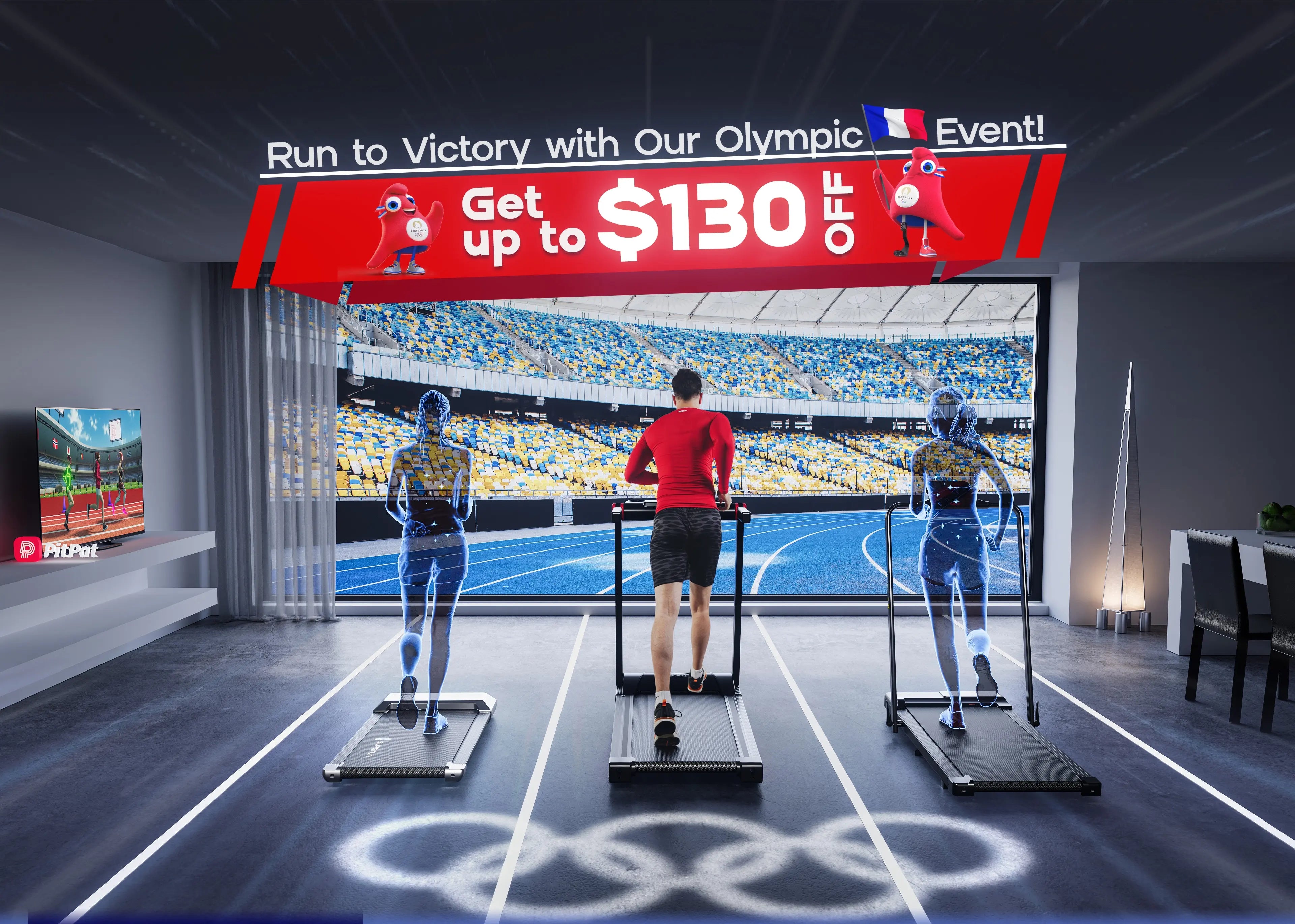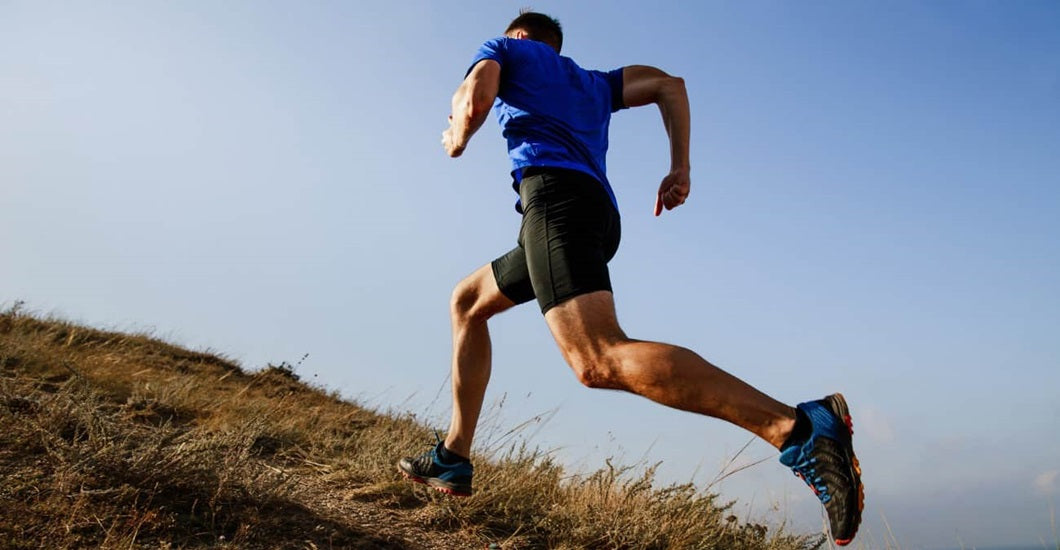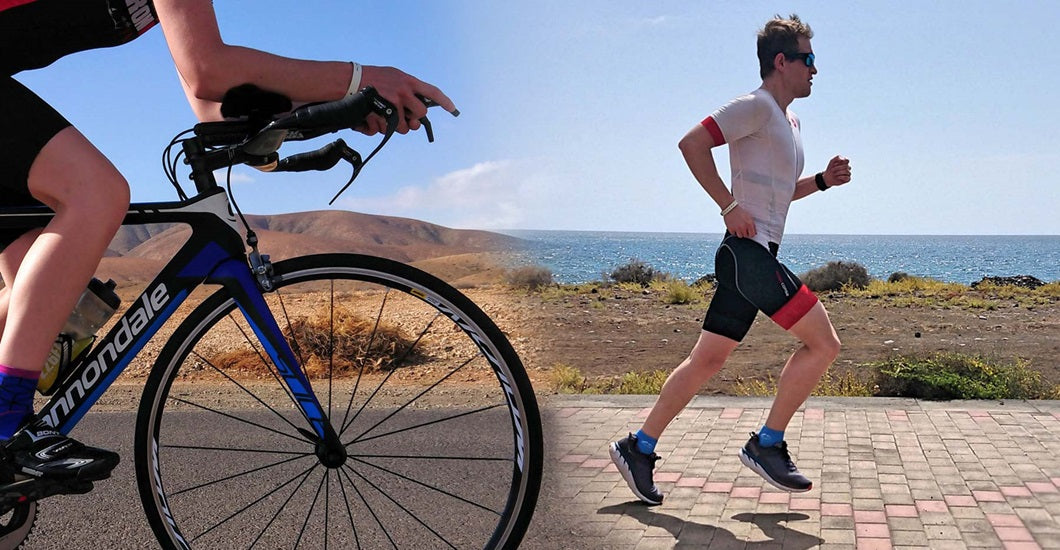In the realm of nutrition and fitness, a calorie serves as a fundamental unit of energy measurement. In the context of human physiology, calories are essential for powering the body's myriad functions, including those engaged during physical activity.
As individuals increasingly embrace running as a major fitness routine, the significance of comprehending calorie expenditure becomes paramount.
Running not only provides cardiovascular benefits but also contributes to weight management and overall well-being.
This introduction will guide individuals toward a deeper understanding of the dynamic relationship between running and caloric expenditure.
Factors Influencing Caloric Burn in Running
Running Environment
The running environment can influence caloric burn through various factors:
- Terrain:
Impact on Intensity: Different terrains create variations in the difficulty and intensity of running. Running uphill, for example, requires more effort and engages additional muscle groups, resulting in higher caloric burn compared to running on a flat surface. You also can adjust the incline of the treadmill to run uphill at home.
Stability Challenges: Uneven surfaces, such as trails or sand, require increased stability and engagement of stabilizing muscles, contributing to higher energy expenditure.
- Weather Conditions:
Temperature: Running in extreme temperatures, whether hot or cold, can affect the body's energy expenditure. In colder temperatures, the body may burn more calories to maintain core temperature, while in heat, additional energy is needed for cooling through sweat.
Wind Resistance: Running against strong winds increases the resistance, demanding more effort and potentially leading to higher calorie burn.

- Altitude:
Increased Challenge: Running at higher altitudes where oxygen levels are lower can be more challenging, requiring the cardiovascular system to work harder. This increased challenge may result in higher caloric burn compared to running at lower elevations.
Speed and Intensity Of Running
High-Intensity Interval Training (HIIT) vs. Steady-State Running
- What is HIIT?
Definition: HIIT stands for High-Intensity Interval Training. It is a form of cardiovascular exercise that alternates between short, intense bursts of activity and periods of lower-intensity exercise or rest.
Key Characteristic: HIIT is the alternating nature of high-intensity efforts and recovery or lower-intensity phases.
Benefits: HIIT is efficient in burning calories and improving cardiovascular fitness in a shorter amount of time compared to traditional steady-state cardio workouts. Additionally, HIIT is known for its potential to stimulate excess post-exercise oxygen consumption (EPOC), leading to continued calorie burning after the workout is completed.
- HIIT vs. Steady-State Running
HIIT has been shown to elicit a phenomenon known as excess post-exercise oxygen consumption (EPOC), where the body continues to burn calories post-exercise.
Contrastingly, steady-state running maintains a consistent intensity, providing a different metabolic stimulus.
- Calorie Burn At Different Paces
Calorie burn during running varies significantly at different paces. The energy expended is influenced by the intensity of the exercise, which is closely tied to the running speed.
Slow Pace (Jogging or Walking):
Lower intensity results in a lower calorie burn per minute.
Moderate Pace (Steady-State Running):
Moderate-intensity running leads to a moderate calorie burn.
Calorie burn is higher compared to a slow pace but lower than high-intensity efforts.
Fast Pace (Sprinting or High-Intensity Running):
High-intensity running, such as sprinting, results in a significant calorie burn in a short amount of time.
The body works harder, and the cardiovascular system is more stressed, leading to an increased metabolic rate.
Caloric expenditure during the activity is high, and the afterburn effect (EPOC) may contribute to additional calorie burn post-exercise.

Interval Training (HIIT):
HIIT involves alternating between short bursts of high-intensity running and periods of lower-intensity or rest.
The high-intensity intervals elevate the heart rate, leading to a substantial calorie burn during those bursts.
The intermittent nature of HIIT can contribute to an increased overall calorie burn, including the potential for post-exercise calorie expenditure.
Variable Pacing (Fartlek Training):
Fartlek training involves varying your pace during a run, incorporating periods of faster and slower running.
This approach can lead to fluctuations in calorie burn, as the body adjusts to changes in intensity.
The overall calorie expenditure depends on the duration and intensity of both fast and slow segments.
Individual Factors
- Body Weight
the relationship between body weight and calorie burn
Baseline Metabolic Rate:
Body weight is a key component in determining an individual's Basal Metabolic Rate (BMR) or Resting Metabolic Rate (RMR). BMR/RMR represents the number of calories the body needs at rest to maintain basic physiological functions, such as breathing and maintaining body temperature.
Heavier individuals generally have a higher BMR/RMR because it takes more energy to sustain a larger body, even at rest.
Caloric Expenditure During Exercise:
During activities like running, energy expenditure is influenced by body weight. In general, a heavier person will burn more calories than a lighter person at the same intensity and duration of exercise.
Intensity of Exercise:
The impact of body weight on calorie burn becomes more pronounced during weight-bearing activities like running.
Running involves lifting and moving the body against gravity, and the additional load from body weight increases the energy expenditure.
Higher body weight may result in a greater caloric cost per mile or minute of running.

- Fitness Level
Both muscle mass and fat percentage significantly impact energy expenditure in the body.
Muscle Mass:
Increased Resting Metabolic Rate (RMR): Muscle tissue is metabolically active, meaning it requires energy (calories) to maintain itself even at rest. Individuals with higher muscle mass tend to have a higher Resting Metabolic Rate (RMR) because their bodies need more energy to sustain and support the additional muscle.
Caloric Burn During Exercise: During physical activity, individuals with greater muscle mass generally burn more calories than those with less muscle. This is because muscle tissue demands more energy during movement, contributing to a higher caloric expenditure during activities such as running, weightlifting, or other forms of exercise.
Post-Exercise Caloric Burn (Afterburn): After intense exercise, especially resistance training, the body may experience excess post-exercise oxygen consumption (EPOC). This phenomenon involves an elevated metabolic rate after the workout, which can lead to additional calorie burn. Individuals with more muscle mass may experience a more pronounced afterburn effect.
Functional Benefits: Beyond calorie burn, having sufficient muscle mass provides functional benefits, including improved strength, stability, and mobility.
Fat Percentage:
Lower Resting Metabolic Rate: While essential for various bodily functions, fat tissue is not as metabolically active as muscle. Therefore, individuals with a higher percentage of body fat may have a slightly lower Resting Metabolic Rate compared to those with lower body fat percentages.
Caloric Burn During Exercise: Fat tissue itself doesn't contribute significantly to calorie burn during physical activity. However, the total energy expenditure during exercise is influenced by body weight, and individuals with higher body fat percentages may have a higher overall body weight, affecting the caloric cost of activities like running.
Influence on Endurance: Body fat can serve as an energy reserve, particularly during prolonged or low-intensity activities. Individuals with higher body fat percentages may have an advantage in endurance activities where a sustained energy source is beneficial.
Healthy Body Composition: Maintaining a healthy body fat percentage is crucial for overall health. Excess body fat, especially visceral fat (fat around internal organs), is associated with various health risks, including cardiovascular disease and metabolic disorders.
- Age and Gender
Age and gender are significant factors that influence energy expenditure, metabolic rate, and overall caloric needs.
Age:
Metabolic Rate Changes: Metabolic rate tends to decrease with age, primarily due to a reduction in muscle mass and changes in hormonal levels. This decline in metabolic rate can lead to a decrease in the number of calories the body burns at rest (Resting Metabolic Rate or RMR).
Loss of Muscle Mass: As individuals age, there is a natural tendency to lose muscle mass, a process known as sarcopenia. Since muscle tissue is more metabolically active than fat tissue, the reduction in muscle mass can contribute to a slower metabolism.
Effects on Physical Activity: Aging can also impact physical activity levels. Some individuals may become less active over time, while others continue to engage in regular exercise. Changes in activity levels can further influence overall energy expenditure.
Adaptations in Exercise: Older individuals may need to adapt their exercise routines to accommodate age-related changes. This may involve incorporating strength training to preserve muscle mass, engaging in activities that are joint-friendly, and focusing on maintaining overall mobility.
Nutrient Needs: Older adults may have different nutrient requirements, including increased protein intake to support muscle maintenance and bone health.

Gender:
Metabolic Differences: Men and women often have different metabolic rates. In general, men tend to have a higher RMR than women, mainly due to differences in body composition. Men typically have a higher percentage of lean muscle mass, which is metabolically active and contributes to a higher baseline metabolic rate.
Hormonal Influences: Hormonal variations between men and women, particularly the impact of estrogen in women, can affect how the body stores and utilizes fat. Women may experience changes in metabolic rate during different phases of the menstrual cycle and menopause.
Body Composition Differences: Men and women tend to store fat differently. Women typically have a higher percentage of body fat compared to men. While fat tissue is not as metabolically active as muscle, the overall body composition can influence energy expenditure.
Exercise Response: Response to exercise can vary between genders. For example, men may experience different adaptations to strength training compared to women, and there may be variations in how efficiently men and women burn calories during certain types of exercise.
Nutrient Needs: Nutrient requirements can differ between men and women, with considerations for factors such as iron intake for women of childbearing age and calcium needs for bone health.
Conclusion
In conclusion, the caloric burn during running is influenced by a multitude of factors that interact in dynamic ways. The speed and intensity of running, individual characteristics such as weight, fitness level, and age, as well as environmental factors like terrain and elevation, collectively shape the energy expenditure associated with this popular form of exercise.





Leave a comment
All comments are moderated before being published.
This site is protected by hCaptcha and the hCaptcha Privacy Policy and Terms of Service apply.